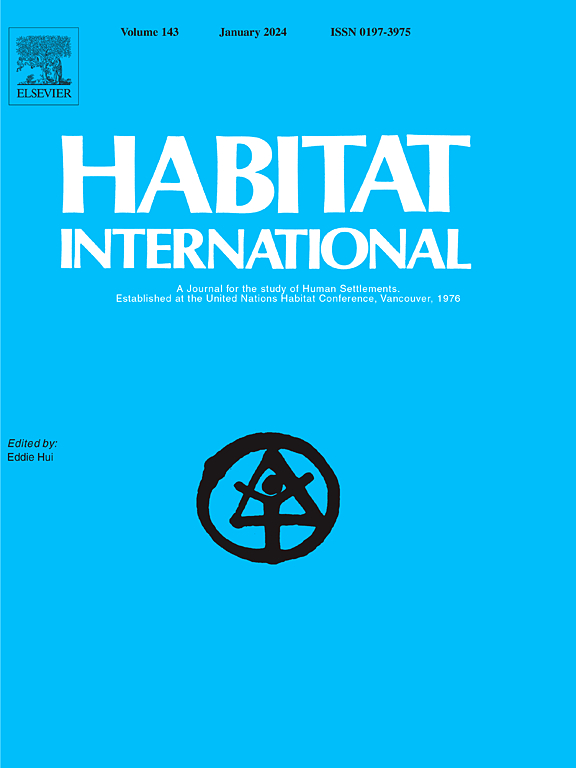Heterogeneity of urban‒rural responses to multigoal policy from an efficiency perspective: An empirical study in China
IF 7
1区 经济学
Q1 DEVELOPMENT STUDIES
引用次数: 0
Abstract
In this study, we employed the distance function to measure land efficiency (LE) and land use efficiency (LUE) in Chinese urban and rural areas and used the difference-in-differences (DID) model to estimate the treatment effects of the multigoal land use policy (MGLUP) on all efficiencies. LE and LUE exhibited specific numerical and spatiotemporal distribution differences. Research on simple efficiency could be one-sided for understanding regional land use characteristics. Except for the nonsignificant positive response of urban LUE, the other efficiencies responded negatively to the pilot scheme. The efficiency loss in rural areas was greater than that in urban areas. From the perspective of urban and rural core and noncore areas, rural areas were more dependent on land input, and LE in agricultural production areas was more resistant to policy shocks. Additionally, urban areas were capital- and technology-intensive, and LUE in the eastern region stimulated growth potential under pilot constraints. This framework was utilized to reveal the divergence of different efficiencies of the MGLUP, and this research paradigm positively impacts academic research and policy-making related to sustainable resource utilization and management.
效率视角下城乡对多目标政策响应的异质性——基于中国的实证研究
本研究采用距离函数测度中国城乡土地效率(LE)和土地利用效率(LUE),并利用差中差(DID)模型估计多目标土地利用政策(MGLUP)对所有效率的处理效果。LE和LUE表现出特定的数值和时空分布差异。单纯的效率研究对于理解区域土地利用特征可能是片面的。除了城市有效利用效率的正响应不显著外,其他效率对试点方案的响应为负。农村地区的效率损失大于城市地区。从城乡核心区和非核心区来看,农村对土地投入的依赖程度更高,农业生产区的LE对政策冲击的抵抗力更强。此外,城市地区是资本和技术密集型地区,东部地区的低效率在试点约束下激发了增长潜力。该研究范式对资源可持续利用与管理相关的学术研究和政策制定产生了积极影响。
本文章由计算机程序翻译,如有差异,请以英文原文为准。
求助全文
约1分钟内获得全文
求助全文
来源期刊

Habitat International
Multiple-
CiteScore
10.50
自引率
10.30%
发文量
151
审稿时长
38 days
期刊介绍:
Habitat International is dedicated to the study of urban and rural human settlements: their planning, design, production and management. Its main focus is on urbanisation in its broadest sense in the developing world. However, increasingly the interrelationships and linkages between cities and towns in the developing and developed worlds are becoming apparent and solutions to the problems that result are urgently required. The economic, social, technological and political systems of the world are intertwined and changes in one region almost always affect other regions.
 求助内容:
求助内容: 应助结果提醒方式:
应助结果提醒方式:


